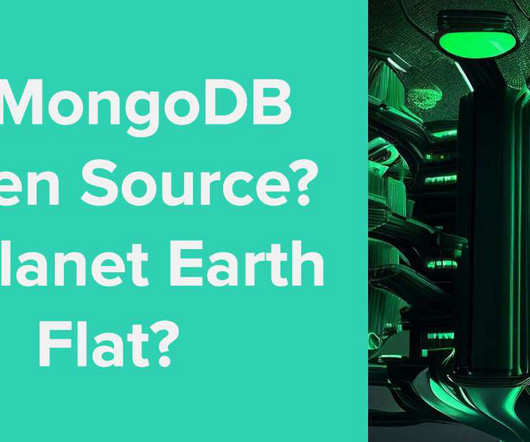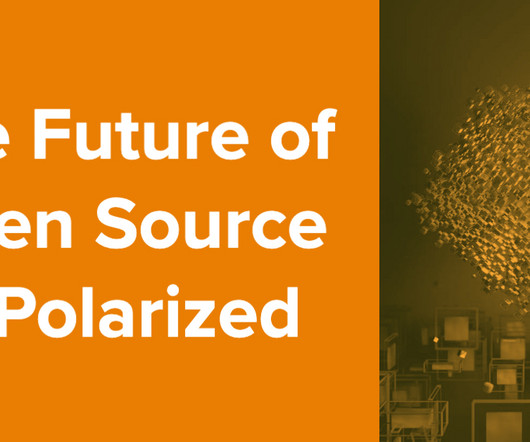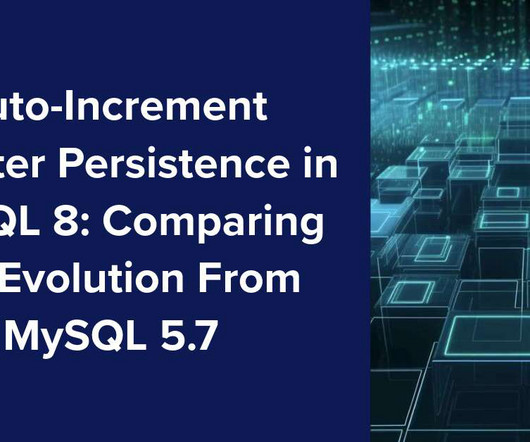Is MongoDB Open Source? Is Planet Earth Flat?
Percona
APRIL 12, 2023
We’re equally convinced on both counts, but in this blog article, we’re focusing on why MongoDB is not open source. Let’s start with this: MongoDB is accurately referred to as source-available software. To be clear, we are rock-solid in our stance that MongoDB is not open source.


















Let's personalize your content